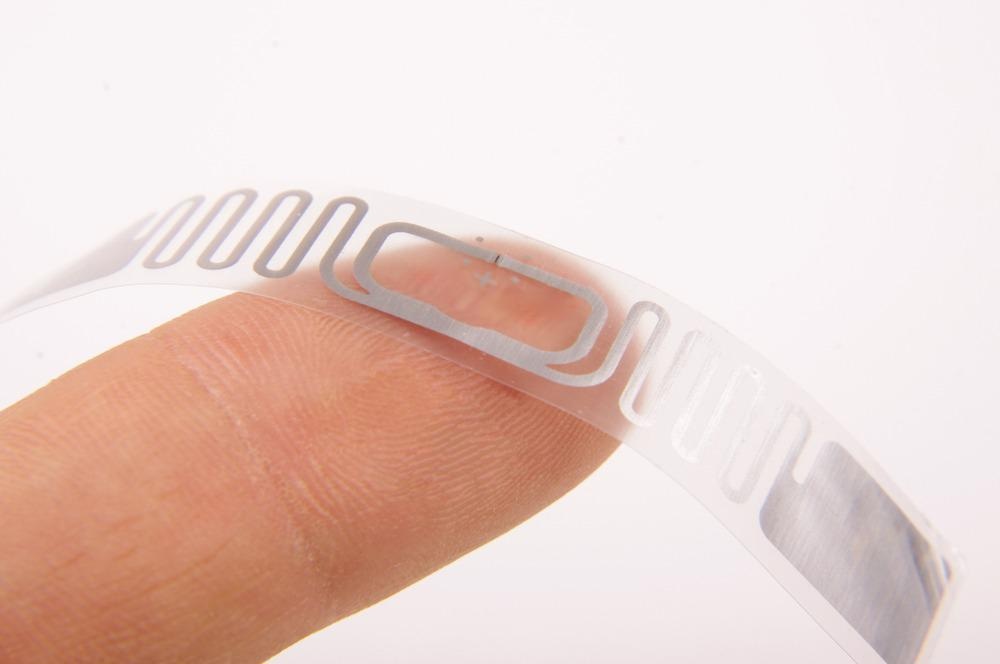Silver nanowires have shown great potential for use within flexible pressure sensors as shown in new research published in the journal, Carbohydrate Polymers.

Study: An easily processable silver nanowires-dual-cellulose conductive paper for versatile flexible pressure sensors. Image Credit: Audrius Merfeldas/Shutterstock.com
The researchers have designed a strategy for the creation of silver nanowires-dual-cellulose conductive paper to advance flexible pressure sensors for applications including human motion monitoring.
Why Are Flexible Pressure Sensors Needed?
Flexible pressure sensors are able to assess the changes in pressure through having close contact with the wearer, which allows electrical transformation into signals that can be read and analyzed accordingly.
The sensors consist of electroconductive building blocks within insulating substrates and with silver having the highest electroconductive property in comparison to other metal materials, it can be seen as holding the most potential for innovative development within this field.
Interestingly, these advanced components can provide a higher level of intelligence within electronics, enabling the analysis of the external environment of individuals and providing significant information which can then be used for the assessment of the wearer.
With the development of the electronics industry, such as portable and wearable devices, the potential these sensors can provide to devices can have significant implications for healthcare and medicine.
However, current pressure sensors may not be the most effective or efficient when attempting to respond to stimuli, due to the inability to be flexible as well as having poor stretchability.
Failure to conform to flexuous contours of the body can affect the measurement accuracy and reduce the performance of these devices, a point of research that has been studied with an aim to improve.
Innovative Research to Advance Pressure Sensors
Existing electronic pressure sensors have already incorporated silver nanotechnology such as silver nanowires (AgNWs) within pressure sensor advancement for stable and efficient responses towards multiple stimuli; however, the challenge of developing a high-performance flexible pressure sensor remains.
The researchers of this study have aimed to produce an effective AgNWs-cellulose composite for a higher-degree of performance within flexible pressure sensors which would be applied within smart robots, electric skins as well as human-machine interfaces.
They undertook this integral investigation with specific analysis on morphology, chemical and crystal structures, thermal stability, mechanical performances, as well as electrical properties.
The use of cellulose may show significant promise within flexible pressure sensor development, with remarkable characteristics including being naturally abundant, easily processible and cost-efficient.
The incorporation of cellulose within potentiometric sensors within literature has illustrated the potential of this substrate, with previous investigations demonstrating significant glucose sensitivity when used as an analytical tool.
The combination of AgNWs and cellulose for the development of flexible pressure sensors show great promise with potentially synergistic benefits.
To this end, the researchers utilized a papermaking technique to produce silver nanowires-dual-cellulose paper which comprised a highly conductive AgNWs network with a cellulose matrix.
This research has positive results with AgNWs-cellulose-based composite fibers that had high electrical conductivity, standing at ≤ 1.74 × 104 S·m−1, a tensile strength of ≤ 8.10 MPa, and the highest sensitivity of 5.49 kPa−1.
Additionally, the use of a conducive paper as a substrate to create flexible pressure sensors showed great benefit, with a fast response of approximately 0.48 seconds, as well as significant sensitivity in response to multiple stimuli such as finger motion, human pulse and voice recognition.
Future Translational Implications
The implication for this research for the electronics and nanotechnology industries and associated applications would be revolutionary, with these advancements in technology being almost tangible and imminent.
While this research has provided proof-of-concept success and a basis for innovative advancements within flexible pressure sensors, there are challenges being faced before translation.
These obstacles include difficulties with real-time monitoring which can be more complex and intricate, as well as further development and improvements being required for the combination of hydrophilic cellulose and hydrophobic AgNWs for practical application.
However, the potential application for this nanotechnology is wide-spanning, comprising human motion monitoring, such as finger-bending, pulse beating and even speaking.
This cost-efficient, simple yet innovative approach may revolutionize smart robots for developments in the technology market as well as medical and healthcare, with a higher level of patients being given the autonomy to take an active approach in their health and wellbeing.
Additionally, with translation and availability on the commercial market, this nanotechnology application would provide the general population with more insight into the functionality of their body.
Continue reading: Graphene Sensors and their Properties and Benefits.
Reference
Fu, D., Wang, R., Wang, Y., Sun, Q., Cheng, C., Guo, X. and Yang, R., (2022) An easily processable silver nanowires-dual-cellulose conductive paper for versatile flexible pressure sensors. Carbohydrate Polymers, p.119135. Available at: https://www.sciencedirect.com/science/article/pii/S014486172200039X?via%3Dihub
Further Reading
Tang, R., Lu, F., Liu, L., Yan, Y., Du, Q., Zhang, B., Zhou, T. and Fu, H., (2021) Flexible pressure sensors with microstructures. Nano Select, 2(10), pp.1874-1901. Available at: https://onlinelibrary.wiley.com/doi/10.1002/nano.202100003
Disclaimer: The views expressed here are those of the author expressed in their private capacity and do not necessarily represent the views of AZoM.com Limited T/A AZoNetwork the owner and operator of this website. This disclaimer forms part of the Terms and conditions of use of this website.